How To Switch To Regenerative Management Without Big Upfront Costs, Tough Trade-offs
Start small, and start with what you have, Noble leaders say.
When Noble Research Institute leaders talk to ranchers about making a shift to regenerative management, they inevitably field the two big questions: “So … what’s the cost? What’s the trade-off?”
Noble Senior Ag Consultant Mike Porter says ranchers often expect to hear that new management practices automatically come with a prohibitive price tag.
“The fact is, if somebody is doing regenerative management appropriately, they should have fewer costs,” Porter says. “The whole point is to work with the resources you have.”
He’s leery of anyone who says a rancher needs to make big, upfront infrastructure investment or pay a high price for a new tool or trick in order to consider themselves ‘regenerative.’
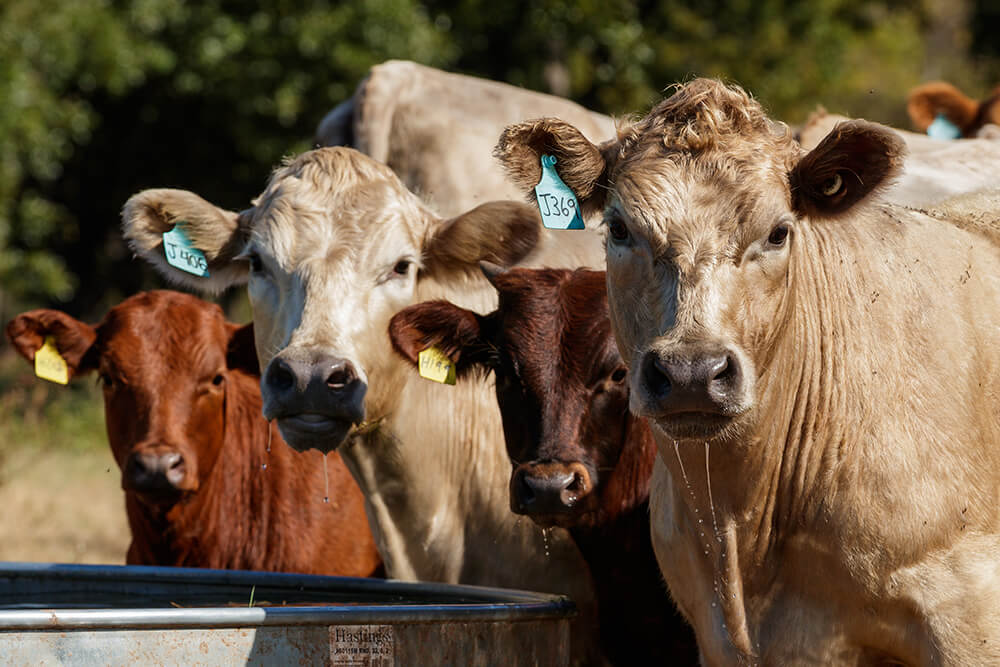
Trade productivity for profitability
Traditional thinking holds that more production is better: run the largest herd possible, weigh up the most pounds on sale day, grow the biggest bushel load to put in the bin, measure the success of a day by how many tasks were checked off the list.
Unfortunately, this productivity mindset does not always pay off with true profitability. Instead, a necessary, immediate investment may be the time and attention to keep very detailed records on exactly where money flows in and out of the ranch business.
“If you start looking – and I mean really looking hard – at exactly what it costs to feed that bale of hay or grow that bushel of grain or send that calf to market, you’ll likely become regenerative on your own,” Porter says. “It might become apparent that a lot of those expenses are not actually making money in return.”
He points to Noble’s Red River Ranch as an example. The 3,000-acre property was traditionally a pecan farm and monoculture bermudagrass grazing and haying operation. The land produced, on average, a little more than 900 tons of hay each year to feed its year-round cow herd, part-time stocker herd, and bulls. The operation also exported hay to other Noble ranch properties. When the manager eliminated the haying enterprise to shift to a year-round grazing-based system, he immediately eliminated tens of thousands of dollars of fertilizer, herbicide and haying expenses.
The growth previously cut and baled for hay was instead utilized as year-round forage for a more diverse herd. The ranch maintained the same number of mature cows and decreased stocker numbers but added a year-round yearling heifer herd, plus a sheep and goat herd. These new income streams better utilized their available resources. The manager also tracked a noticeable decrease in veterinary bills, hypothesizing that increased forage diversity provided a better-balanced diet and increased the animals’ natural immune response.
They lost the hay enterprise but also realized it had acted as a mining operation, exporting much-needed nutrients and fertility from the soil at a rate that was difficult to replace with chemical inputs. In all, the Red River Ranch’s stocking rate in animal units remained at about 94% of its traditional usage, while eliminating the costly iron and input costs associated with the haying operation. In this situation, these were profitable trade-offs in financial and ecological measurements.
“This might not be the case on every ranch,” Porter says. “A hay enterprise might make sense in a different context, and it may even involve a little herbicide or fertilizer use. But you’ve got to really evaluate those decisions and make sure they’re in line with soil health principles and ecosystem processes and true profitability.”
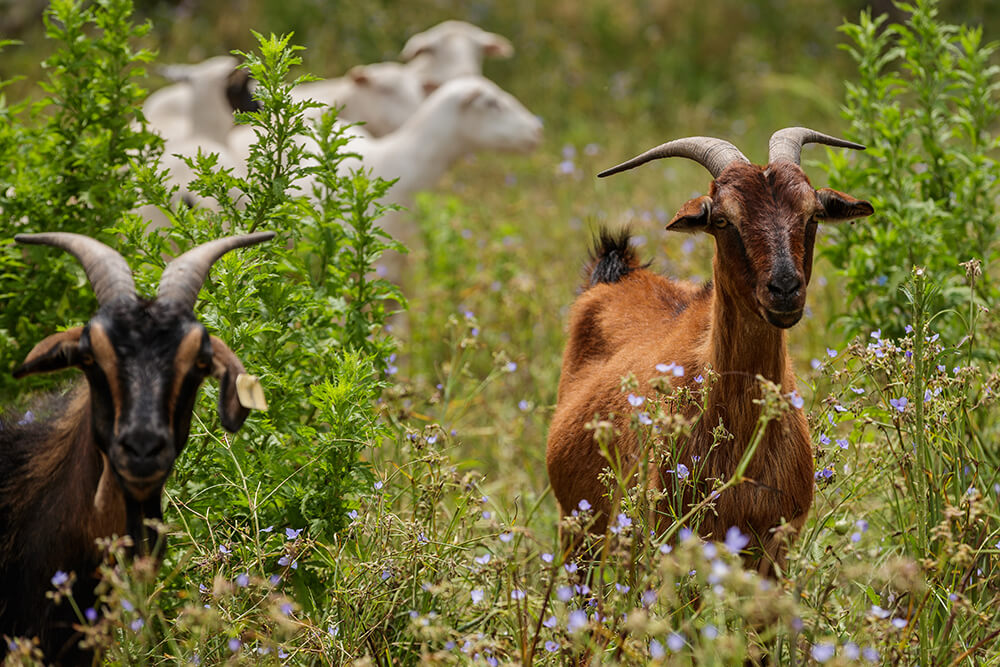
Look for small, sustainable solutions – not a silver bullet
Someone seeking new solutions in regenerative ranching might assume upfront infrastructure costs in fencing and water are inevitable. Again, Porter cautions against that kind of silver-bullet solution thinking.
If you’re moving to a more adaptive grazing approach, you might need to make some investments in electric, temporary fencing, but Porter suggests taking a conservative approach.
“Start small, and start somewhere that’s easy to monitor,” he says. Try a new grazing system with a small group of animals near the home place where you can keep close track of the changes in your plant community, the soil, the livestock performance.
“Until you do it for a while, you might not know for sure where your water needs to be located or what the flow rate should be or where fences need to be located, so I think it’s a big mistake to invest in a bunch of infrastructure upfront.”
Use what you have until you’re confident any investment you make will return profitability. Perhaps you don’t have the water infrastructure you need to graze a particular pasture the way you’d like to, but your neighbor does have water near that land. Does it make sense to reduce your own herd and lease that land to the neighbor for a few years while you save the money for the water investment?
Maybe you have heavy woody encroachment in an area, but you don’t have the capital to increase stock density enough to trample it down naturally, or you’re in a drought, and fire isn’t an option. You don’t want to spend the money or sacrifice ecological function to wage a chemical war.
“Maybe that woody vegetation is supporting some deer, some turkey, quail, and that land is well-suited as a hunting or recreational lease instead,” Porter says.
The point, he says, is rather than asking how another costly input could solve a problem, Porter asks himself, ‘How can I work with that I have? How would nature solve this problem?’
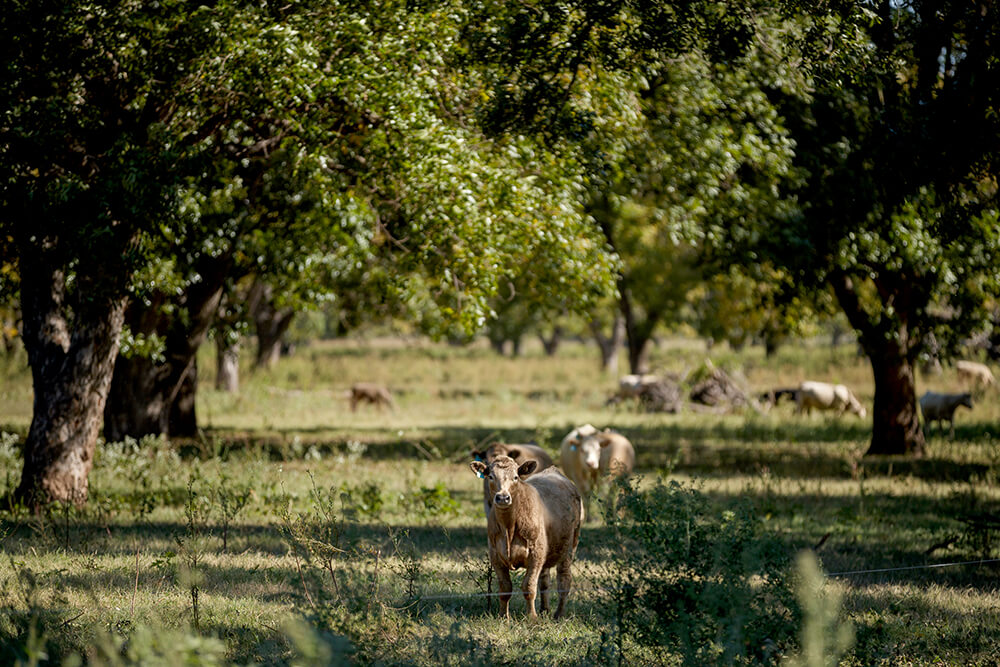
Invest in new thinking first
“I think it’s fair to say that the biggest upfront cost is mentally and emotionally re-thinking the way we’ve done things,” Porter says. “Too often, we feed hay four, five months of the year because we have the equipment to do it. We spray weeds because we don’t like to look at them. We fertilize because we like that manicured-looking monoculture. Agriculture is full of our own prejudices and biases about how things should be, or how they should look to ourselves and our neighbors.”
Change inevitably comes with an emotional price to pay for bucking social stigmas. Overcoming our preconceived notions of what we think we should do, or how our land should look might be easier as we gather educational resources and develop a network of peers aimed at similar goals. It’s hard to go against the norm, Porter admits, but acknowledging and accepting that challenge is the start of overcoming it. “It’s like wearing out-of-style clothes, knowing everybody else is looking at you and thinking you’re strange or wrong,” he says. “But maybe you’re the trendsetter, and you’ve got the style that’s going to be in vogue in five years. So stick with it when you believe it is the right thing to do.”
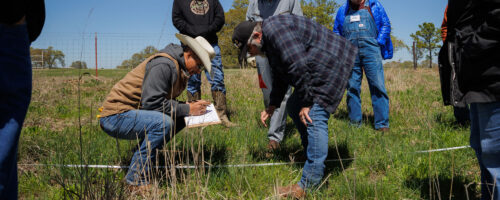
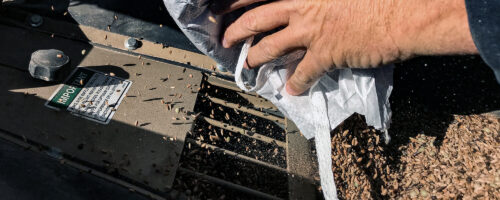
Comment
Leave a Reply
1 comment on: "How To Switch To Regenerative Management Without Big Upfront Costs, Tough Trade-offs""
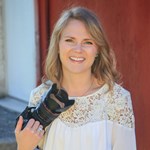
Frank
September 4, 2023I rotationally graze 9 cows & 12 Ewes on 25 acres and make hay to keep it vegative. I leave another 9 acres just for hay. This year’s grass/clover hay didn’t produce enough hay to feed 9 cows & 12 Ewes this winter. The ph is good and fertility not terrible. Some of the orchardgrass is thin in spots and not enough clover. I probably should fertilize & frost seed more clover. And maybe notill in more grass this fall. Considering bio fertilizer but it’s much more expensive than traditional fertilizer. What do you recommend?